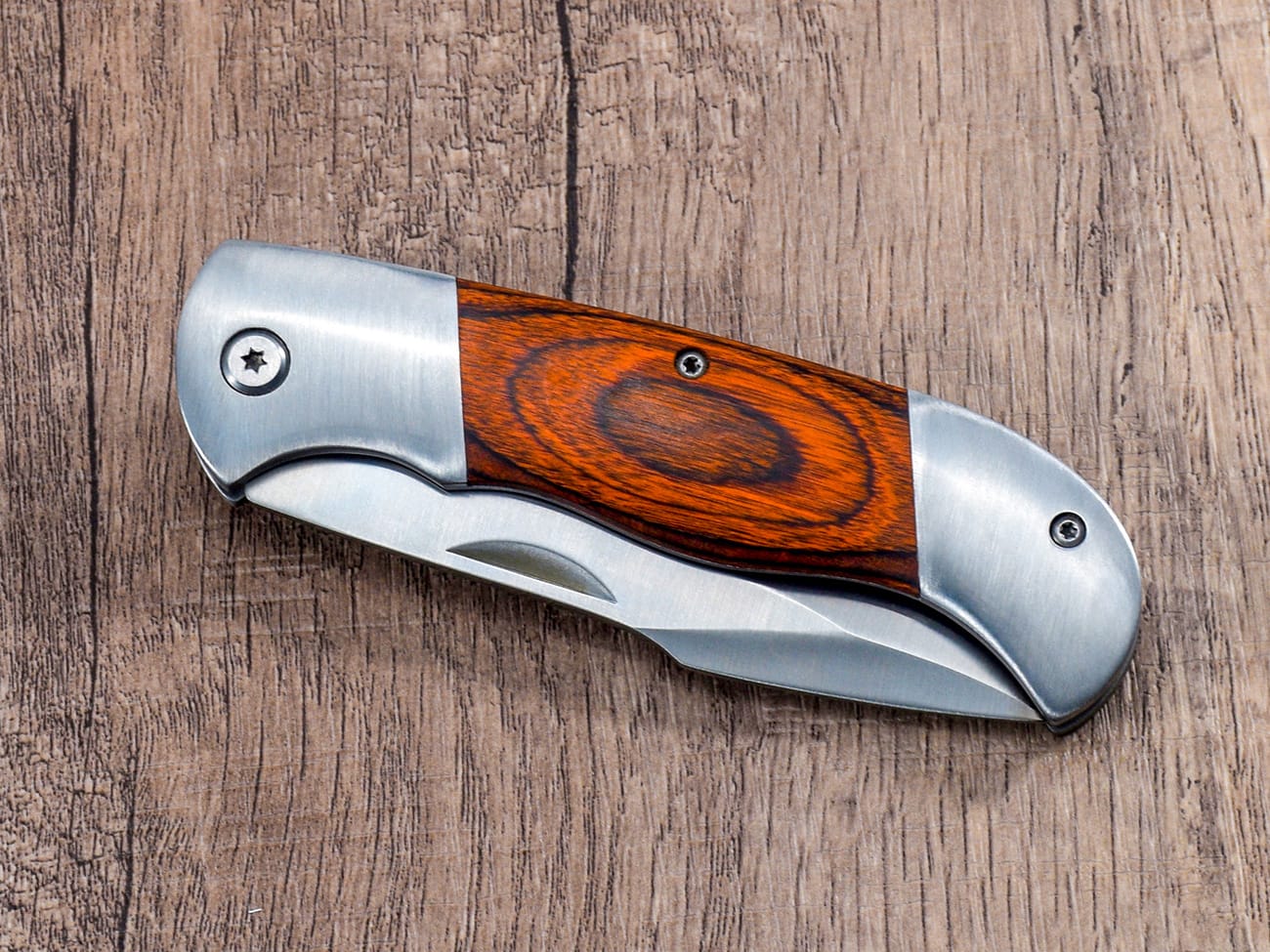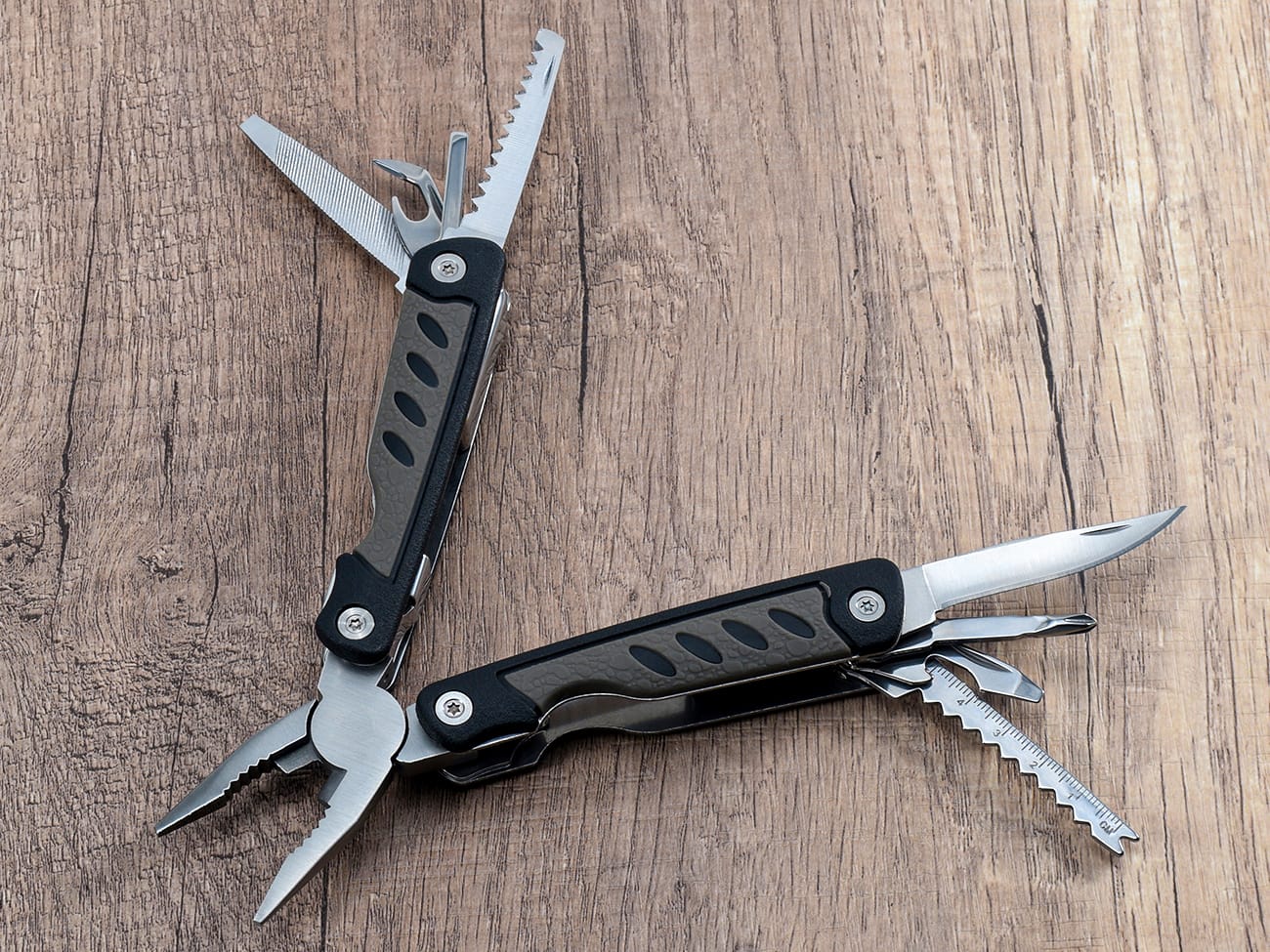Are you a DIY enthusiast or professional who relies on multi-purpose pliers for various tasks? Understanding the proper maintenance techniques for different types of pliers is crucial for their longevity and optimal performance. In this comprehensive guide, we’ll explore the nuances of caring for multi-purpose pliers made from various materials, ensuring you get the most out of these versatile tools.
Why Proper Plier Maintenance Matters
Before we dive into the specifics, it’s important to understand why maintaining your pliers is so critical. Well-maintained pliers not only last longer but also perform better, reducing the risk of accidents and ensuring precision in your work. Whether you’re an electrician, mechanic, or hobbyist, the right care can make all the difference in your projects.
Types of Multi-Purpose Pliers and Their Materials
- What are the most common materials used in plier construction?
- How do different plier materials affect their maintenance needs?
- What are the unique properties of each plier material?
- Which pliers are best for specific tasks?
General Maintenance Tips for All Pliers
- What are the universal care practices for multi-purpose pliers?
- How often should you clean and inspect your pliers?
- What tools and supplies are needed for plier maintenance?
Maintaining Steel Pliers
- What are the specific care instructions for carbon steel pliers?
- How do you prevent rust on stainless steel pliers?
- What lubricants work best for steel pliers?
Caring for Titanium and Aluminum Pliers
- How does the maintenance of titanium pliers differ from steel?
- What special considerations are there for aluminum pliers?
- Are there any cleaning agents to avoid with these materials?
Maintaining Pliers with Plastic or Rubber Components
- How do you care for pliers with plastic-coated handles?
- What maintenance is required for rubber grips on pliers?
- How can you extend the life of composite pliers?
Specialized Maintenance for Different Plier Types
- What unique care is needed for needle nose pliers?
- How do you maintain the cutting edges of diagonal pliers?
- What’s the best way to care for locking pliers?
Storing Your Pliers Properly
- What are the best storage solutions for multi-purpose pliers?
- How does proper storage contribute to plier maintenance?
- Should different types of pliers be stored separately?
Troubleshooting Common Plier Issues
- How can you address stiff or sticky plier joints?
- What should you do if your pliers develop rust spots?
- When is it time to replace your pliers rather than maintain them?
Now, let’s delve into each of these sections to provide you with a comprehensive understanding of multi-purpose plier maintenance.
Types of Multi-Purpose Pliers and Their Materials
Multi-purpose pliers come in a variety of materials, each with its own set of properties and maintenance requirements. The most common materials used in plier construction include carbon steel, stainless steel, titanium, and aluminum. Some pliers also incorporate plastic or rubber components, particularly in the handles.Carbon steel pliers are known for their strength and durability, making them ideal for heavy-duty tasks. However, they are prone to rust if not properly maintained. Stainless steel pliers offer excellent corrosion resistance but may not be as strong as their carbon steel counterparts. Titanium pliers are lightweight and corrosion-resistant but tend to be more expensive. Aluminum pliers are also lightweight and resistant to corrosion but may not be suitable for heavy-duty applications.The choice of material affects not only the pliers’ performance but also their maintenance needs. For example, carbon steel pliers require more frequent oiling to prevent rust, while stainless steel pliers may need less frequent but still regular care to maintain their finish.
General Maintenance Tips for All Pliers
Regardless of the material, all multi-purpose pliers benefit from some universal care practices. Regular cleaning after use is essential to remove dirt, debris, and any corrosive substances that may have come into contact with the tool. A simple wipe-down with a clean cloth can go a long way in preserving your pliers.Inspection is another crucial aspect of plier maintenance. Check for any signs of wear, damage, or looseness in the joint. Addressing these issues early can prevent more serious problems down the line.For general maintenance, you’ll need a few basic supplies:
- Clean cloths
- Mild soap or degreaser
- Lubricating oil
- Wire brush (for stubborn dirt or light rust)
- Rust remover (for steel pliers)
It’s recommended to clean and inspect your pliers after each use, with a more thorough maintenance check at least once a month, depending on frequency of use.
Maintaining Steel Pliers
Steel pliers, whether carbon or stainless, require specific care to maintain their strength and prevent corrosion. For carbon steel pliers, the primary concern is rust prevention. After cleaning, apply a thin coat of machine oil or WD-40 to protect the metal surface. Pay special attention to the joint and any exposed metal areas.Stainless steel pliers are more resistant to rust but can still benefit from occasional oiling, especially in the joint area to ensure smooth operation. For both types, avoid storing in damp environments and wipe dry immediately after use in wet conditions.When it comes to lubricants, choose a product specifically designed for tools. Avoid using food-grade oils as they can become sticky and attract dirt.
Caring for Titanium and Aluminum Pliers
Titanium and aluminum pliers require less maintenance than their steel counterparts due to their natural corrosion resistance. However, they still benefit from regular cleaning to remove dirt and debris that could affect their performance.For titanium pliers, a simple wipe-down with a damp cloth is often sufficient. Avoid using harsh chemicals or abrasive materials that could damage the surface. Aluminum pliers can be cleaned with mild soap and water, but be sure to dry them thoroughly to prevent water spots.Both materials can benefit from occasional lubrication of the joint to maintain smooth operation. Use a silicone-based lubricant for best results, as it won’t attract dust and dirt like oil-based products.
Maintaining Pliers with Plastic or Rubber Components
Many multi-purpose pliers feature plastic-coated handles or rubber grips for improved comfort and grip. These components require their own maintenance considerations.For plastic-coated handles, avoid exposure to extreme heat or harsh chemicals that could cause the coating to degrade. Clean with mild soap and water, and dry thoroughly. If the coating becomes damaged, consider replacing the pliers, as exposed metal underneath could lead to corrosion.Rubber grips can be cleaned with a damp cloth and mild soap. Avoid soaking rubber components, as this can lead to deterioration over time. If the grips become loose or damaged, they may be replaceable depending on the plier design.Composite pliers, which may combine metal with plastic or fiberglass components, should be cleaned according to the manufacturer’s instructions. Generally, avoid solvents that could degrade the non-metal parts.

Multi-purpose pliers with composite handles require special care to maintain both metal and non-metal components
Specialized Maintenance for Different Plier Types
Different types of pliers may require specific maintenance approaches:
- Needle nose pliers: Pay special attention to the tips, keeping them clean and free from debris. Regularly check for alignment and straightness.
- Diagonal pliers: Maintain the cutting edges by avoiding use on hard materials like steel wire. Sharpen or replace the cutting edges when they become dull.
- Locking pliers: Clean and lubricate the locking mechanism regularly to ensure smooth operation. Check for wear on the teeth of the jaws.
Storing Your Pliers Properly
Proper storage is a crucial aspect of plier maintenance. Ideally, store your pliers in a dry, clean environment. A toolbox with compartments or a pegboard can help organize different types of pliers and prevent them from banging against each other, which could cause damage.Consider using silica gel packets in your toolbox to absorb moisture, especially if you live in a humid climate. For long-term storage, a light coat of oil on steel pliers can provide extra protection against rust.
Troubleshooting Common Plier Issues
Even with regular maintenance, pliers can develop issues over time. Here are some common problems and solutions:
- Stiff or sticky joints: Clean thoroughly and apply lubricant. If the problem persists, the joint may need to be loosened or the pliers replaced.
- Rust spots: For light rust, use a wire brush or steel wool to remove it, then clean and oil the pliers. For severe rust, a chemical rust remover may be necessary.
- Worn cutting edges: Sharpen if possible, or replace the pliers if the wear is significant.
Remember, safety should always come first. If your pliers show signs of severe wear, cracks, or other damage that could compromise their integrity, it’s time to replace them rather than risk injury.
Conclusion
Proper maintenance of your multi-purpose pliers is essential for ensuring their longevity and optimal performance. By understanding the specific needs of different materials and plier types, you can keep your tools in top condition for years to come. Regular cleaning, inspection, and appropriate storage are key to preserving your pliers, regardless of their composition.Here are the key takeaways for maintaining your multi-purpose pliers:
- Clean pliers after each use to remove dirt and debris
- Regularly inspect for wear, damage, or looseness
- Apply appropriate lubricants to maintain smooth operation
- Store in a dry environment to prevent rust and corrosion
- Address issues promptly to prevent further damage
- Replace pliers when they show signs of severe wear or damage
By following these guidelines, you’ll not only extend the life of your pliers but also ensure they perform reliably whenever you need them. Whether you’re a professional tradesperson or a DIY enthusiast, well-maintained pliers are an invaluable asset in your toolkit.For more information on types of pliers and their uses, check out our comprehensive guide. If you’re interested in expanding your tool collection, consider exploring our selection of high-quality pocket knives that complement your pliers for a complete toolkit.Remember, the right tool for the job is important, but maintaining that tool is equally crucial. With proper care, your multi-purpose pliers will be ready for whatever task comes their way, helping you work efficiently and safely for years to come.




